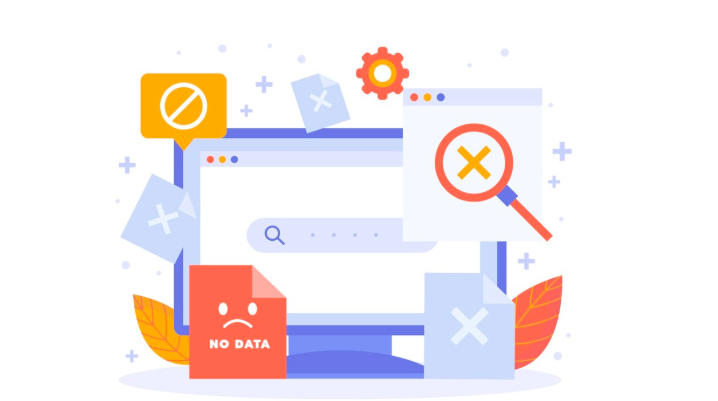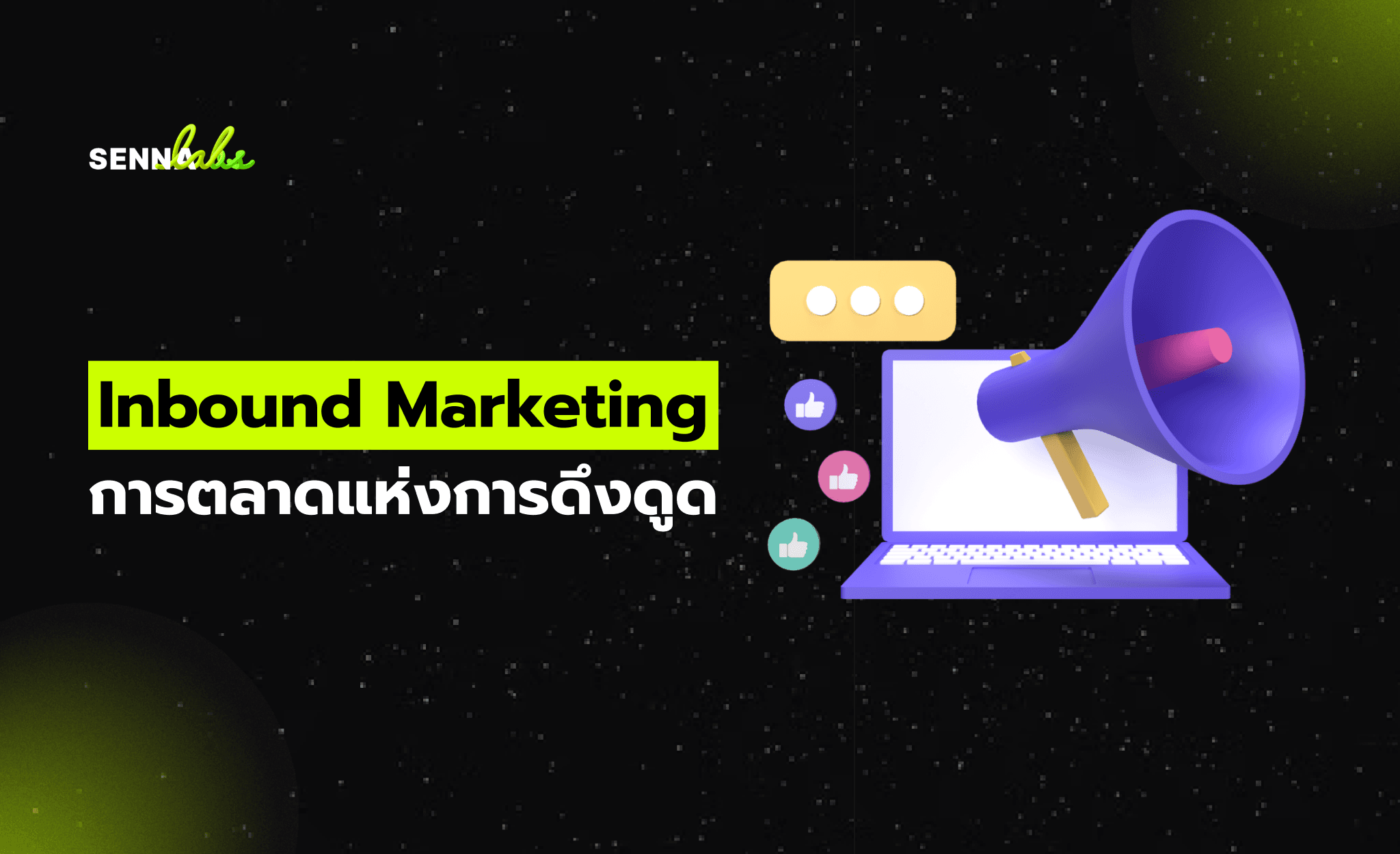Why Unique Meta Tags Are Better Than Duplicates

In SEO, details matter. While much attention is often given to keywords, backlinks, and content length, one commonly overlooked element can quietly hurt your rankings and visibility: duplicate meta tags.
Meta titles and descriptions are small, but mighty. They help search engines understand what your pages are about—and they’re the first thing users see in the search results. Using unique meta tags for each page strengthens your SEO, improves click-through rates (CTR), and ensures your content stands out in a crowded market.
In this article, we’ll explore why unique meta tags are important, what risks come with duplicating them, and how one health blog significantly increased its traffic by customizing meta descriptions for each article.

What Are Meta Tags?
Meta tags are pieces of information that tell search engines what your page is about. The two most commonly used in SEO are:
-
Meta Title: The clickable headline that appears in Google search results.
-
Meta Description: The summary text that appears under the title in search listings.
Together, they form the search snippet—your page’s first impression.
Why Duplicate Meta Tags Are a Problem
1. They Confuse Search Engines
When multiple pages have the same meta title and description, Google struggles to distinguish between them. This can lead to:
-
Poor indexing (or not indexing at all)
-
Wrong pages ranking for search queries
-
Lower relevance in the eyes of search algorithms
Google prefers unique metadata that reflects the specific content of each page.
2. They Weaken Click-Through Rates
Imagine searching for “healthy breakfast recipes” and seeing three results from the same site—all with the same title and description. Which one do you click? Maybe none.
Duplicate snippets fail to show how each page is different or better than the rest. Unique tags let you customize the value proposition for each page—drawing users in with precise, relevant messaging.
3. They Hurt Your Brand Perception
A site with repetitive or generic search listings may appear poorly managed. On the other hand, pages with carefully crafted titles and descriptions feel intentional and trustworthy—encouraging clicks and revisits.
Real Use Case: Health Blog Increases Traffic with Unique Descriptions
A growing health blog was publishing high-quality content on wellness topics such as sleep, nutrition, and fitness. However, many of their blog posts used the same default meta description:
“Read expert-backed tips and advice on living a healthier life.”
The problem:
-
Each post looked the same in search results
-
Users had no reason to choose one article over another
-
Google wasn’t ranking posts as distinctly as it could have
What they did:
-
Audited their top-performing and underperforming pages
-
Wrote custom meta descriptions for each blog post based on the topic, keyword, and unique value of the article
-
Used language that answered the reader’s question or teased the benefit (e.g., “Learn the 3 science-backed ways to improve sleep naturally—no supplements needed.”)
The result:
-
Organic traffic to individual posts increased by 20–35%
-
Time on page and engagement also improved
-
The blog started ranking for more long-tail keywords related to each article’s focus
How to Create Unique Meta Titles and Descriptions
1. Align with Page Content
Every meta title and description should reflect what the page is about. Don’t copy and paste across pages.
Ask:
-
What is the core topic of this page?
-
What would someone search for to find this page?
-
What makes this page unique?
2. Use Keywords Naturally
Incorporate your primary keyword early in the title and once in the description. This helps both search engines and users recognize relevance.
Example:
-
Page topic: “Best Sleep Positions”
-
Title: “Best Sleep Positions for Back Pain Relief | SleepBetter Blog”
-
Description: “Discover the top 3 sleep positions that reduce back pain and improve posture—expert tips inside.”
3. Highlight the Value or Benefit
Go beyond describing the content. Show the reader what they’ll get out of it:
-
Will they save time?
-
Learn something new?
-
Avoid a common mistake?
4. Keep It Within Character Limits
-
Title: Aim for 50–60 characters
-
Description: DeKeep under 155–160 characters
If your text is too long, Google may cut it off. If it’s too short, you might not provide enough value to attract a click.
5. Avoid Auto-Generated Text
Some CMS platforms auto-fill meta descriptions by pulling the first sentence of your page. This often leads to vague, incomplete, or unrelated snippets.
Tip: Always write your own meta descriptions—or at least review and improve the auto-generated ones.
When to Use Similar Meta Tags (And When Not To)
Some large websites, like eCommerce stores or classifieds, may have thousands of similar product pages. In such cases, using a meta tag template with dynamic fields (like product name, category, and price) can be helpful.
However, even in those cases, make sure there’s enough variation to distinguish pages in search results.
How to Audit and Fix Duplicate Meta Tags
-
Use tools like:
-
Google Search Console (Coverage and Enhancements reports)
-
Screaming Frog SEO Spider
-
Ahrefs or SEMrush
-
Identify pages with the same or missing meta titles/descriptions
-
Prioritize:
-
High-traffic pages
-
Pages ranking on page 2 of Google (quick wins)
-
Pages targeting distinct keywords
-
Rewrite to make each tag unique, relevant, and user-focused
Final Thoughts
Meta titles and descriptions are more than just SEO checkboxes—they’re your pitch to potential readers. If they all sound the same, they don’t help users (or search engines) understand the value of your content.
Investing time in writing unique, well-crafted meta tags for each page can lead to:
-
Higher visibility in search results
-
Better click-through rates
-
More engaged and loyal users
So, the next time you're publishing a page or blog post, don’t overlook the meta tags. Write them as if they were headlines on a magazine rack—because in many ways, they are.


Subscribe to follow product news, latest in technology, solutions, and updates
Other articles for you



Let’s build digital products that are simply awesome !
We will get back to you within 24 hours!Go to contact us Please tell us your ideas.
Please tell us your ideas.







